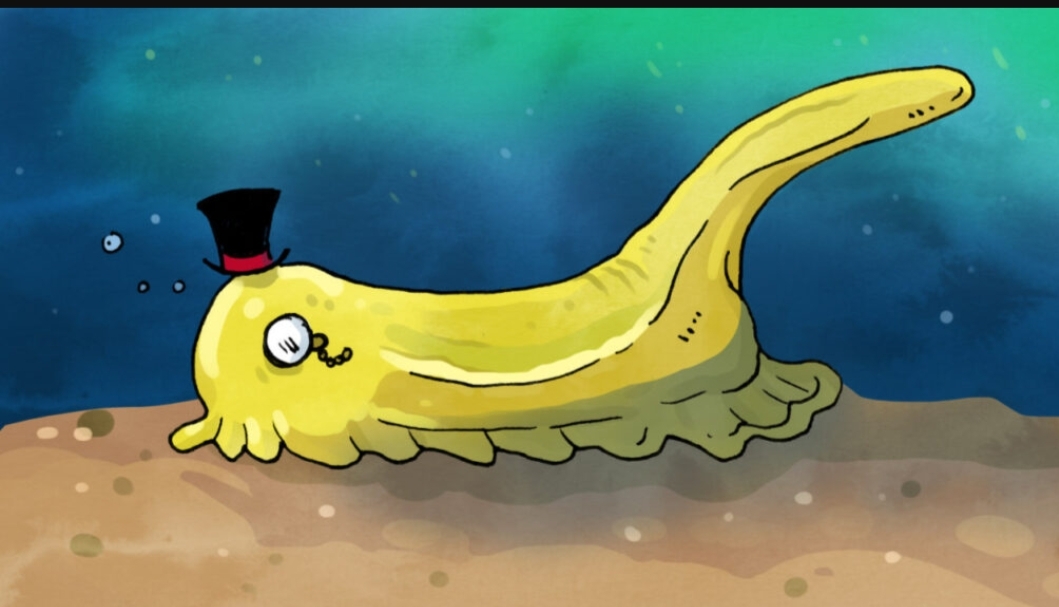… I think more importantly mars needs oxygen
This is the best summary I could come up with:
Some were grown in soil meant to mimic Mars’s inhospitable regolith, the mixture of grainy, eroded rocks and minerals that covers the planet’s surface.
To that simulated regolith, Mr. Mendoza had added fertilizer called frass — the waste left after black soldier fly larvae are finished eating and digesting.
The goal for Mr. Mendoza and his collaborators was to investigate whether frass and the bugs that created it might someday help astronauts grow food and manage waste on Mars.
Black soldier fly larvae could consume astronauts’ organic waste and process it into frass, which could be used as fertilizer to coax plants out of alien soil.
Through the university’s Aggie Research Program, which lets graduate students recruit undergraduates for specific projects, he met Mr. Mendoza, an aerospace engineering major who had tried to grow radishes in simulated Martian soil in high school.
Mr. Mendoza recently presented the trio’s results at the Entomological Society of America conference, and he hopes to use his engineering background to begin work on a physical system that could actually be used in space exploration, keeping the insects contained and productive far from their terrestrial home.
The original article contains 1,562 words, the summary contains 190 words. Saved 88%. I’m a bot and I’m open source!
So desert plant life plus desert bugs equals terraforming capable species?
It’s reminds me of bugs from planet Klendathu
That’s neat!
Because humans introducing species to new environments always goes well 😩





